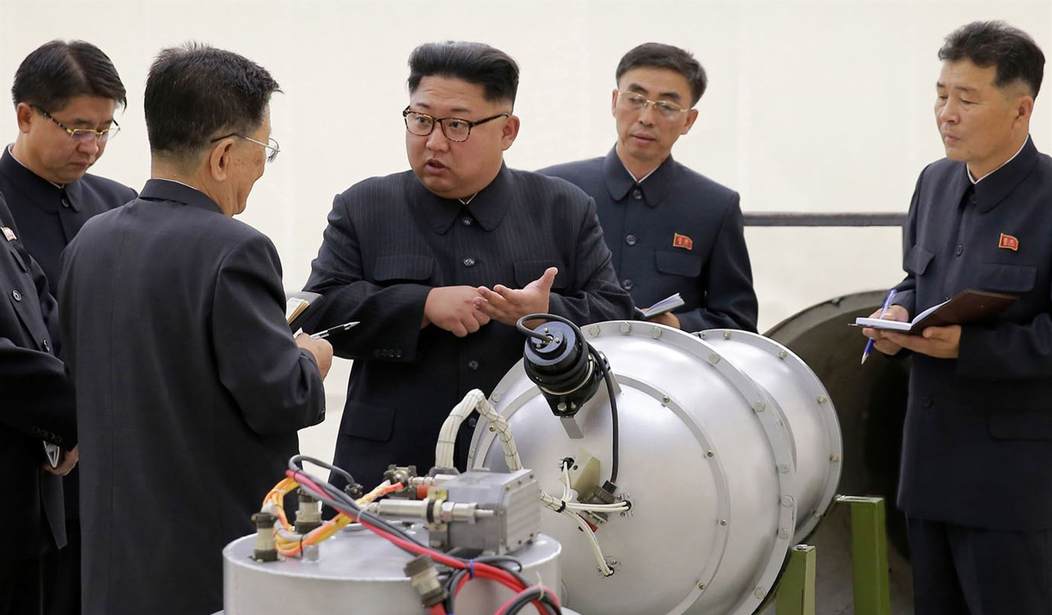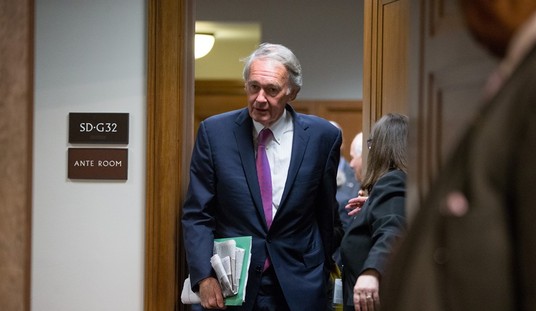Before the news broke out of North Korea (at about 11:00 am Eastern time Monday morning), gold was trading at $1,293 and Wall Street was once again losing faith in the yellow metal. According to a news report time-stamped at 10:57 am, a leading gold news service reported, “Money managers finally trimmed their bullish positioning in gold futures during the latest reporting week for data gathered by the Commodity Futures Trading Commission, after they had been net buyers for more than two months.”
A research note from Germany’s Commerzbank said that these statistics “show that speculative financial investors reduced their net-long positions in gold for the first time in 10 weeks during the week ending 19 September, no doubt contributing significantly to the price slide in the reporting period.” (Note: The term “net long” refers to the number of bullish/buy (long) contracts vs. bearish/sell (short) contracts. The rise and fall of these “net long” figures is a measure of the mood of the speculators in the gold market.)
Specifically, money managers cut their net-long gold positions to 233,382 futures contracts as of last Tuesday, September 19, down almost 8% from 253,517 for the week ending September 12. Amazingly, one trading firm, TD Securities, said that “Investors were convinced to take profits and reduce exposure to the shiny metal at prices above $1,300/oz, after North Korea tensions eased, CPI [consumer-price-index] data showed an improvement in U.S. inflation and the Fed observers decided that they would continue to be committed to hiking rates this year, which saw the probability of a December rate hike move above 60%.” TD Securities went on to suggest a gold move “back to the $1,275 to $1,285 area.”
Recommended
The sale of silver contracts was even more severe, as money managers reduced their net-long positions in silver by almost 12% in the week ending September 19. A Swiss money management firm, SKS, said that the largest factor behind this net sales of silver was a new series of “fresh short, or bearish, trades.”
As Lee Corso might say on a Saturday morning college football program, “Not so fast, fellas!”
All of this bearish news was posted at 10:57 am on Monday morning, just minutes before North Korea’s Foreign Minister Ri Yong Ho told reporters that President Trump’s alleged “declaration of war” against North Korea at the United Nations last Tuesday gave North Korea the right to strike back. The Hermit Kingdom said they could now legitimately shoot down U.S. bombers, even if they are not within North Korean airspace. On this news, gold futures jumped over $15 per ounce to $1,310 in a matter of minutes.
Gold Rallied Big Time
Gold rallied back to $1,311 on Monday, September 25, after North Korea threatened war against the United States. Gold had briefly dipped below $1,300 on Thursday and Friday after the Federal Reserve announced on Wednesday afternoon that they would not raise interest rates during the latest meeting of the Federal Open Market Committee (FOMC). However, they also said they would likely raise rates in December and announced that they would begin unwinding part of their $4.5 trillion balance sheet over the next few months. For some strange reason, which defies all logic, the gold market tends to overreact – one way or the other – after each meeting of the Fed’s FOMC committee. But Korea is the real news!
Plan to Sell Any Gold Coins? It’s Best to Wait Until Spring
Traditionally, the final four months of any calendar year is not the time to sell your rare coins or bullion coins . For gold and silver bullion, September through February is the strongest time of year for the precious metals, historically, due in part to the string of international holiday seasons we have identified in the past: Diwali (the Feast of Lights) in India, followed by their wedding season, then Christmas in the West, the Chinese New Year and Valentine’s Day. The vast majority of gold jewelry fabrication for gift-giving takes place in the final four months of the calendar year. If you plan to sell bullion coins, spring (March through June) is a better time to sell, as gold and silver seldom make a big move up in the spring.
When it comes to numismatic coins, our advice is even stronger, due to the seasonal nature of the rare coin market. In the final third of the year, offers are generally lower . Many dealers are trying to pare down their inventory, since many states have an inventory tax based on year-end holdings. These dealers don’t want to buy any new coins now, so they will lower their offer on a rare coin . Then, they tend to restock their inventory in the spring, so they tend to make a better offer in the spring months. In general, the time to buy special deals is in the second half of the year , and the time to sell is in the spring months.
Mike Fuljenz Invited Back to United States Mint Numismatic Forum
I am proud to announce that the United States Mint has invited me back to attend the second annual Numismatic Forum at the Mint headquarters in Washington, DC, on Tuesday, October 17, 2017. Last year, I was appointed head of one of the breakout sessions. The invitation list is a “who’s who” of the numismatic industry – and it looks like I am the only person from this area of the country to be invited this year. The Mint’s purpose is to “create a more collaborative environment” between the Mint and the numismatic community. I applaud the Mint for their outreach to the leaders of the U.S. coin community.
Mike Fuljenz is the Official Precious Metals Expert for Townhall Finance

























Join the conversation as a VIP Member